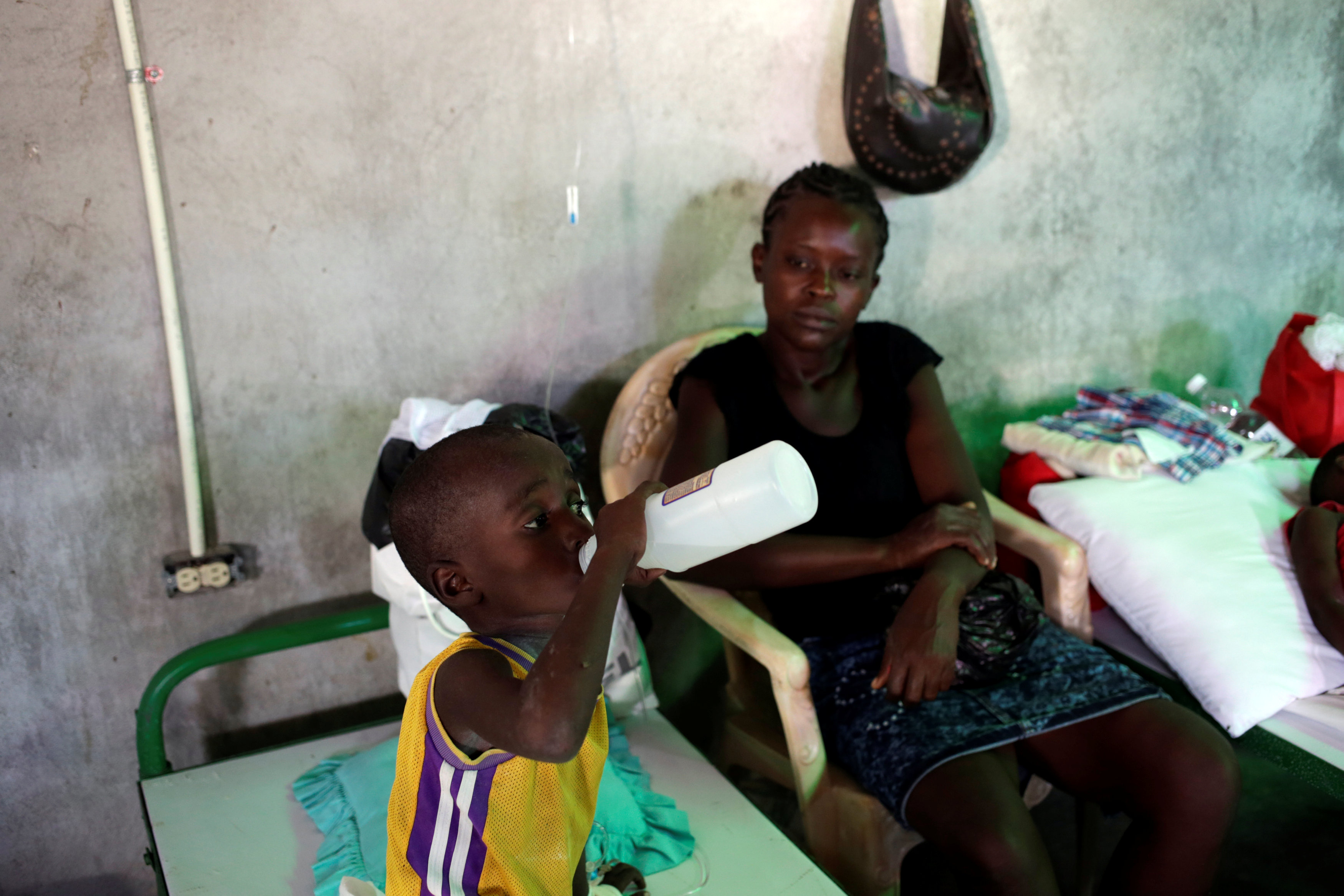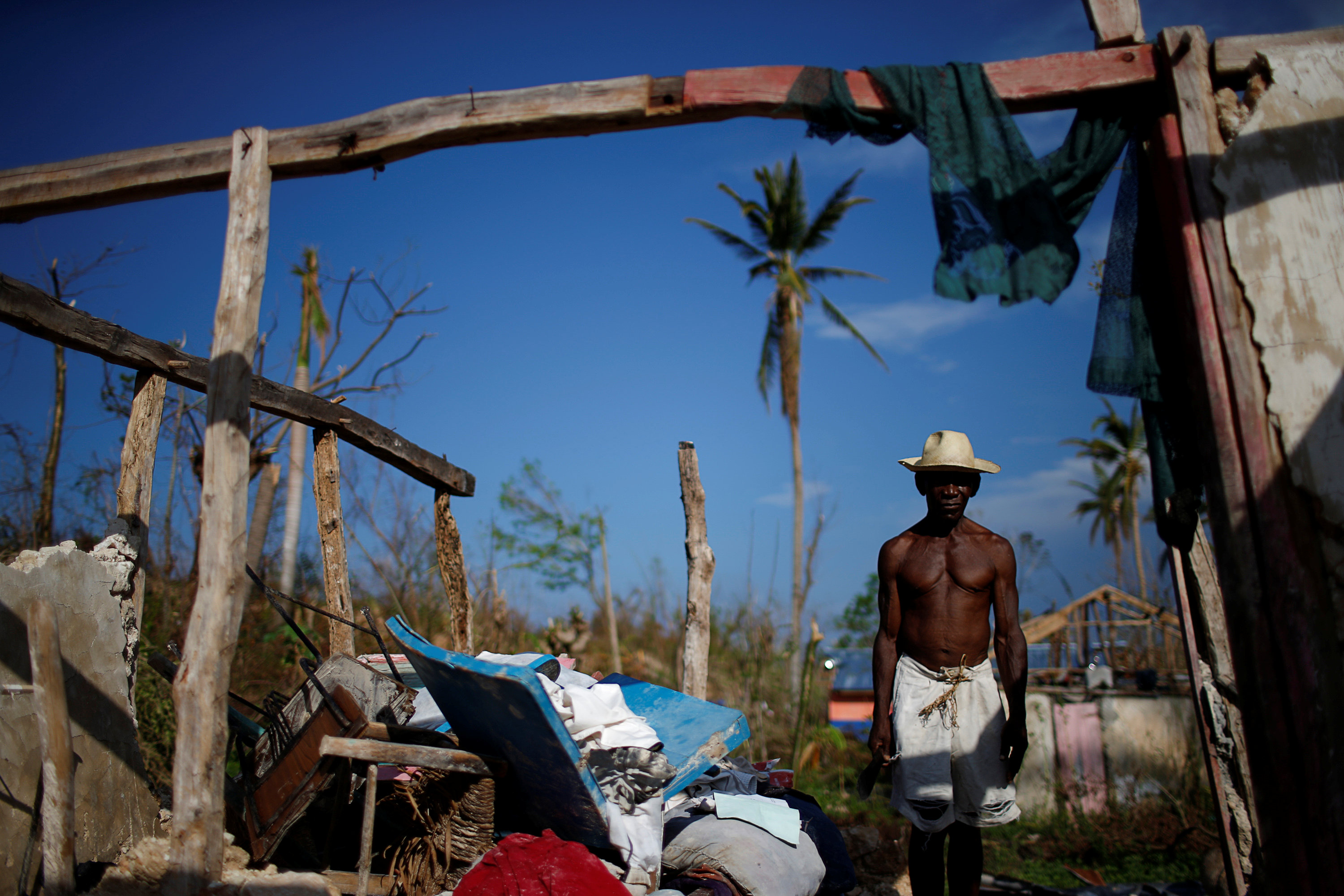
By Tom Perry and Tom Miles
BEIRUT/GENEVA (Reuters) – Syrian government forces and rebels had yet to withdraw from a road needed to deliver aid to the city of Aleppo on Thursday, threatening the most serious international peacemaking effort in months as the sides accused each other of violating a truce.
The aid delivery to rebel-held eastern Aleppo, which is blockaded by government forces, is an important test of a U.S.-Russian deal that has brought about a significant reduction in violence since a ceasefire took effect on Monday.
The U.N. Syria envoy Staffan de Mistura said the United States and Russia were expected to manage the disengagement of forces from the road, but also criticized Damascus for failing to provide permits needed to make aid deliveries to other areas.
France, which backs the opposition, became the first U.S. ally to publicly question the deal with Moscow, urging Washington to share details of the agreement and saying that without aid for Aleppo, it was not credible.
Control of the Castello Road is divided between the government and rebels who have been battling to topple President Bashar al-Assad for more than five years. It has been a major frontline in the war.
Russia, whose air force helped the Syrian government to blockade opposition-held Aleppo this summer, said on Wednesday it was preparing for the Syrian army and rebel fighters to begin a staged withdrawal from the road.
But on Thursday morning, both Syrian government and rebel forces were still manning their positions. An official in an Aleppo-based Syrian rebel group said international parties had told him aid was now due to be delivered on Friday.
“Today the withdrawal is supposed to happen, with aid entering tomorrow. This is what is supposed to happen, but there is nothing to give hope,” Zakaria Malahifji, of the Aleppo-based rebel group Fastaqim, told Reuters.
Malahifji said rebels were ready to withdraw but worried the government would exploit any such move to stage an advance.
“If the regime withdraws 500 meters, east and west (of the road) … then the guys will be able to withdraw a bit,” Malahifji said. “But the regime is not responding. The guys can see its positions in front of them.”
There was no comment from state media or the army about the proposed withdrawal.
U.N. WAITS FOR PERMITS
The U.N. humanitarian adviser Jan Egeland said both the rebels and the government were responsible for delaying aid deliveries into Aleppo.
“The reason we’re not in eastern Aleppo has again been a combination of very difficult and detailed discussions around security monitoring and passage of roadblocks, which is both opposition and government,” he said.
In other areas, de Mistura was categorical about blaming the Syrian government, saying it had not yet provided the proper permits. The Syrian government has said all aid deliveries must be conducted in coordination with it.
About 300,000 people are thought to be living in eastern Aleppo, while more than one million live in the government-controlled western half of the city.
Two convoys of aid for Aleppo have been waiting in no-man’s land to proceed to Aleppo after crossing the Turkish border.
If a green light was given, a spokesman for the U.N. Office for the Coordination of Humanitarian Affairs said the first 20 trucks would move to Aleppo and if they reached the city safely, the second convoy would then also leave. The two convoys were carrying enough food for 80,000 people for a month, he said.
The United States and Russia have backed opposing sides in the Syrian war that has killed hundreds of thousands of people, forced 11 million from their homes, and created the world’s worst refugee crisis since the World War Two.
Aleppo, Syria’s biggest city before the war, has been a focal point of the conflict this year. Government forces backed by militias from Iran, Iraq, and Lebanon have recently achieved their long-held objective of encircling the rebel-held east.
MOSCOW CRITICIZES WASHINGTON
Russia’s intervention a year ago in support of Assad has given it critical leverage over the diplomatic process.
Its ally, Assad, appears as uncompromising as ever. He vowed again on Monday to win back the entire country, which has been splintered into areas controlled by the state, an array of rebel factions, the Islamic State group, and the Kurdish YPG militia.
Washington hopes the pact will pave the way to a resumption of political talks. But a similar agreement unraveled earlier this year, and this one also faces enormous challenges.
Under the agreement, nationalist rebels fighting under the banner of the Free Syrian Army are supposed to disengage from a group that was known as the Nusra Front until it broke ties with al Qaeda in July and changed its name to Jabhat Fateh al-Sham.
A Syrian military source said this was not happening. “I believe they want to obstruct the main demand of the Syrian state and leadership, and of Russia – the separation of Nusra from the rest of the organizations, and it appears that this will not happen,” the source said.
Jabhat Fateh al-Sham has played a vital role in recent fighting around Aleppo. FSA groups are suspicious of the group, which has crushed several nationalist factions. But they have also criticized its exclusion from the ceasefire agreement.
The United States and Russia are due to start coordinating military strikes against the former Nusra Front and Islamic State if all goes to plan under the deal.
But Russia said on Thursday the United States was using “a verbal smokescreen” to hide its reluctance to fulfill its part of the agreement, including separating what it called moderate opposition units from terrorist groups.
The defense ministry said only government forces were observing the truce and opposition units “controlled by the U.S.” had stepped up shelling of civilian residential areas.
Rebels say Damascus has carried out numerous violations.
While the general lines of the agreement have been made public, other parts have yet to be revealed, raising concerns among U.S. allies such as France, which is part of the coalition attacking Islamic State in Syria and Iraq.
French Foreign Minister Jean-Marc Ayrault called on the United States to share details of the deal saying that the information was crucial to ensure Islamist militants and not mainstream rebels were being targeted on the ground.
(Additonal reporting by John Irish in Paris and Maria Kiselyova in Moscow; Writing by Tom Perry, editing by Peter Millership)











